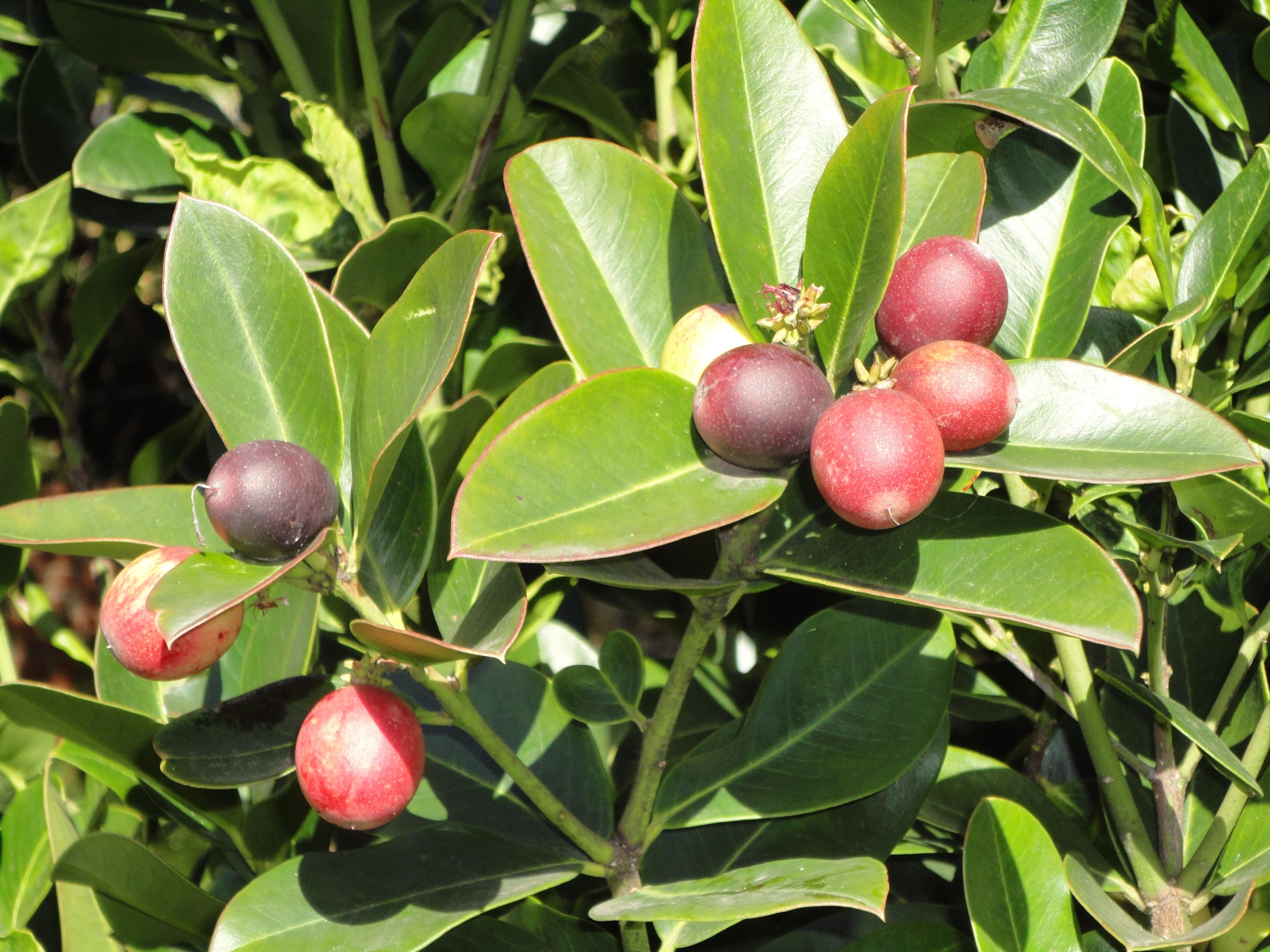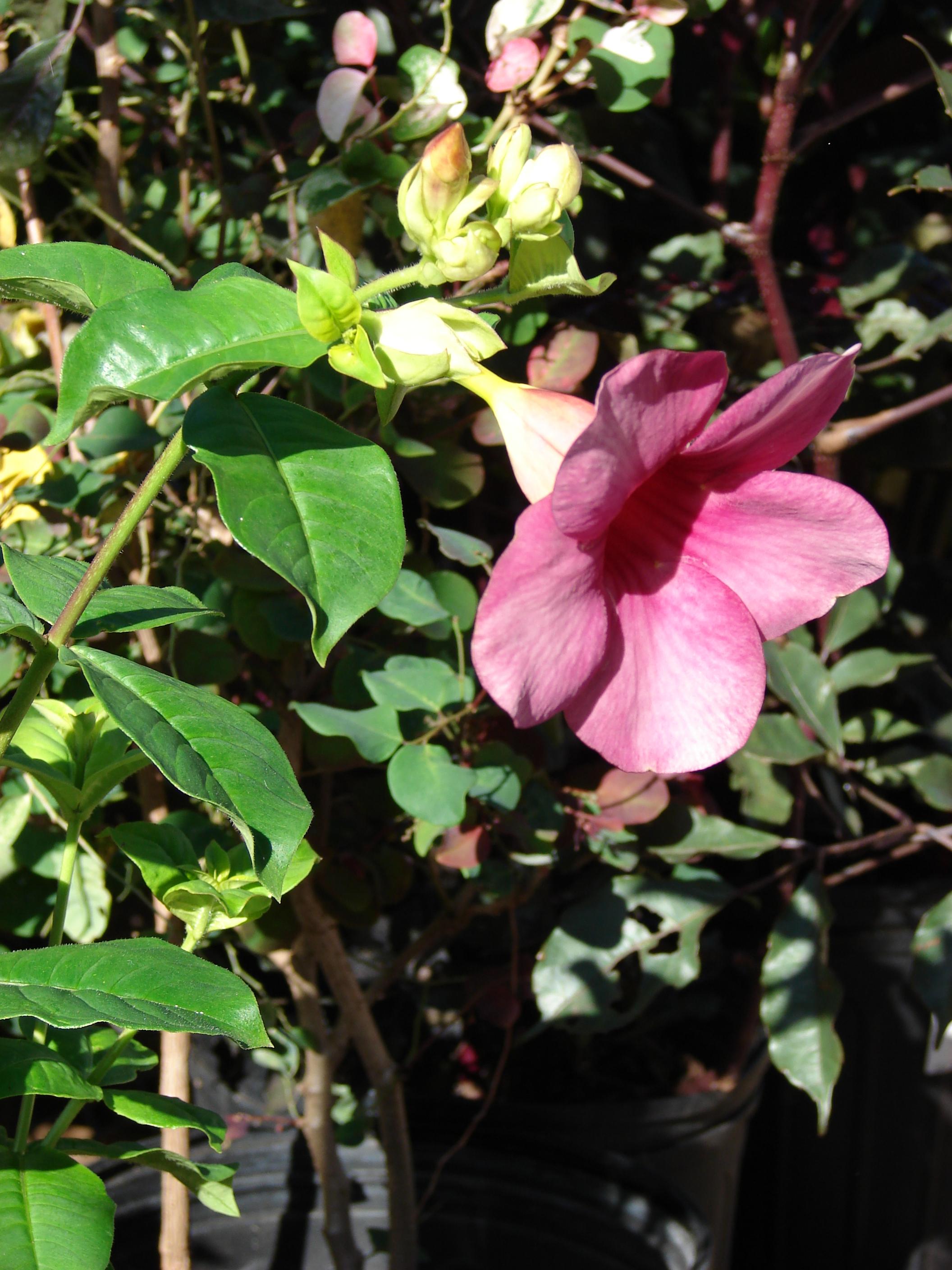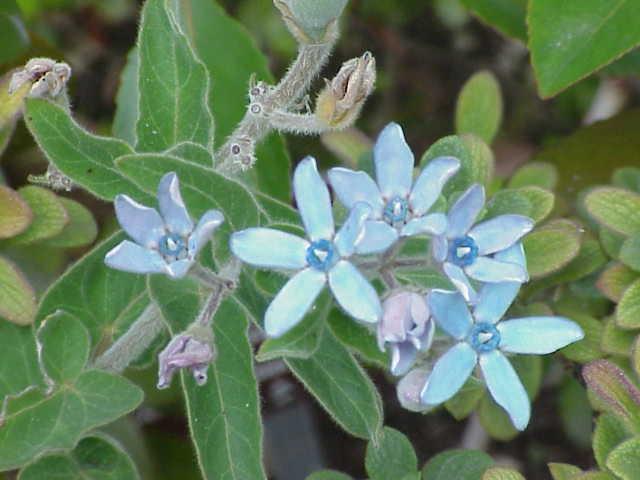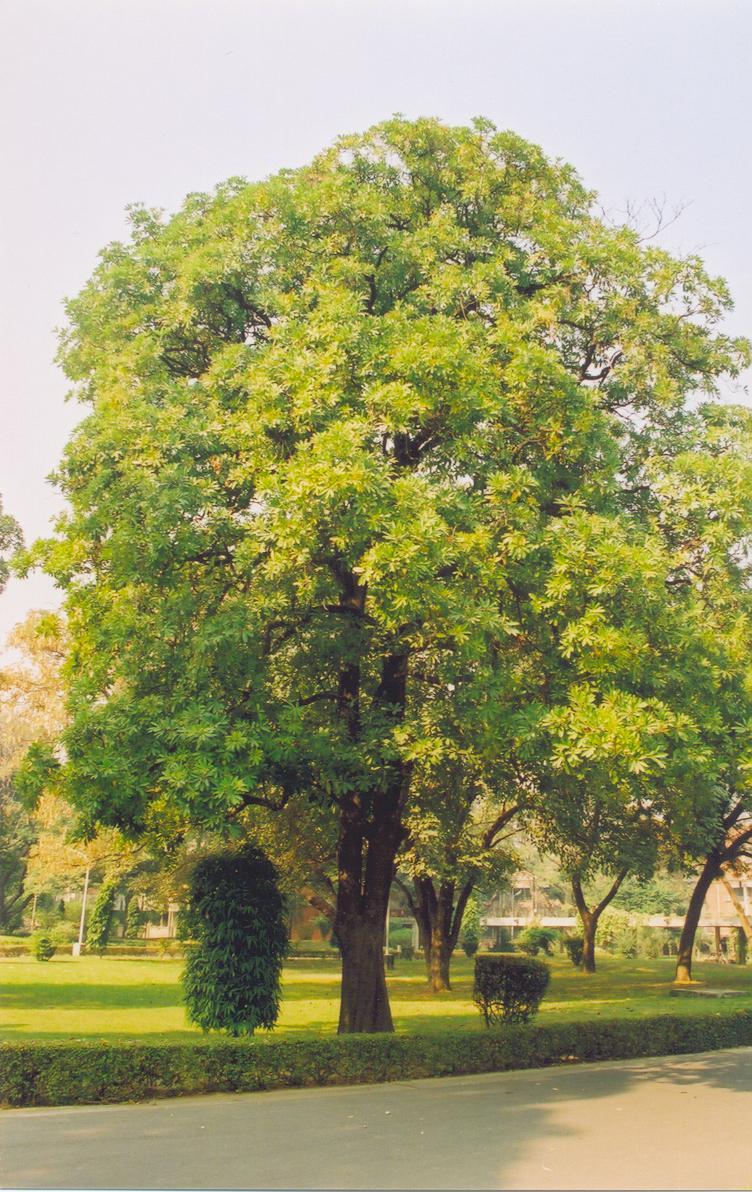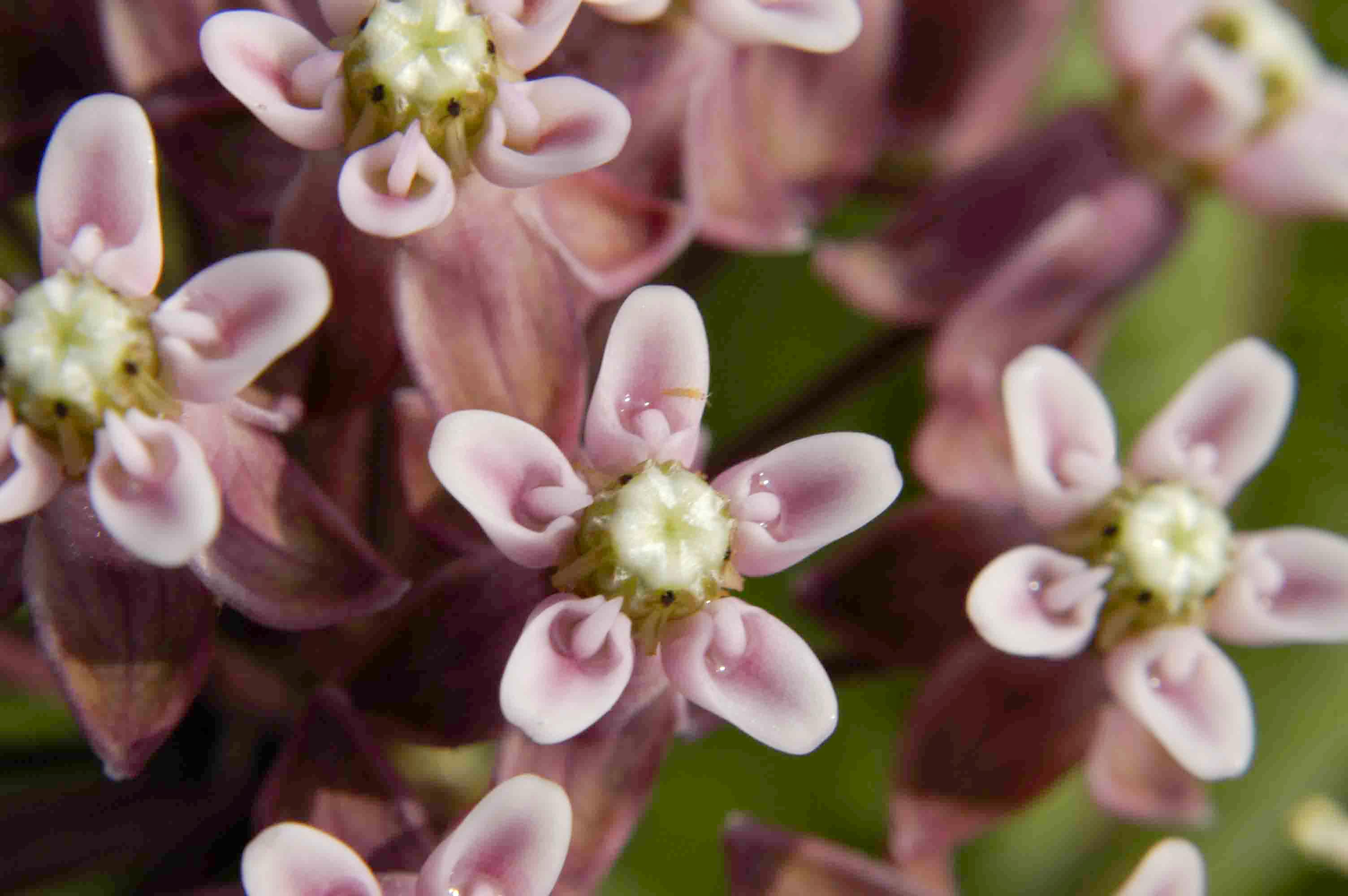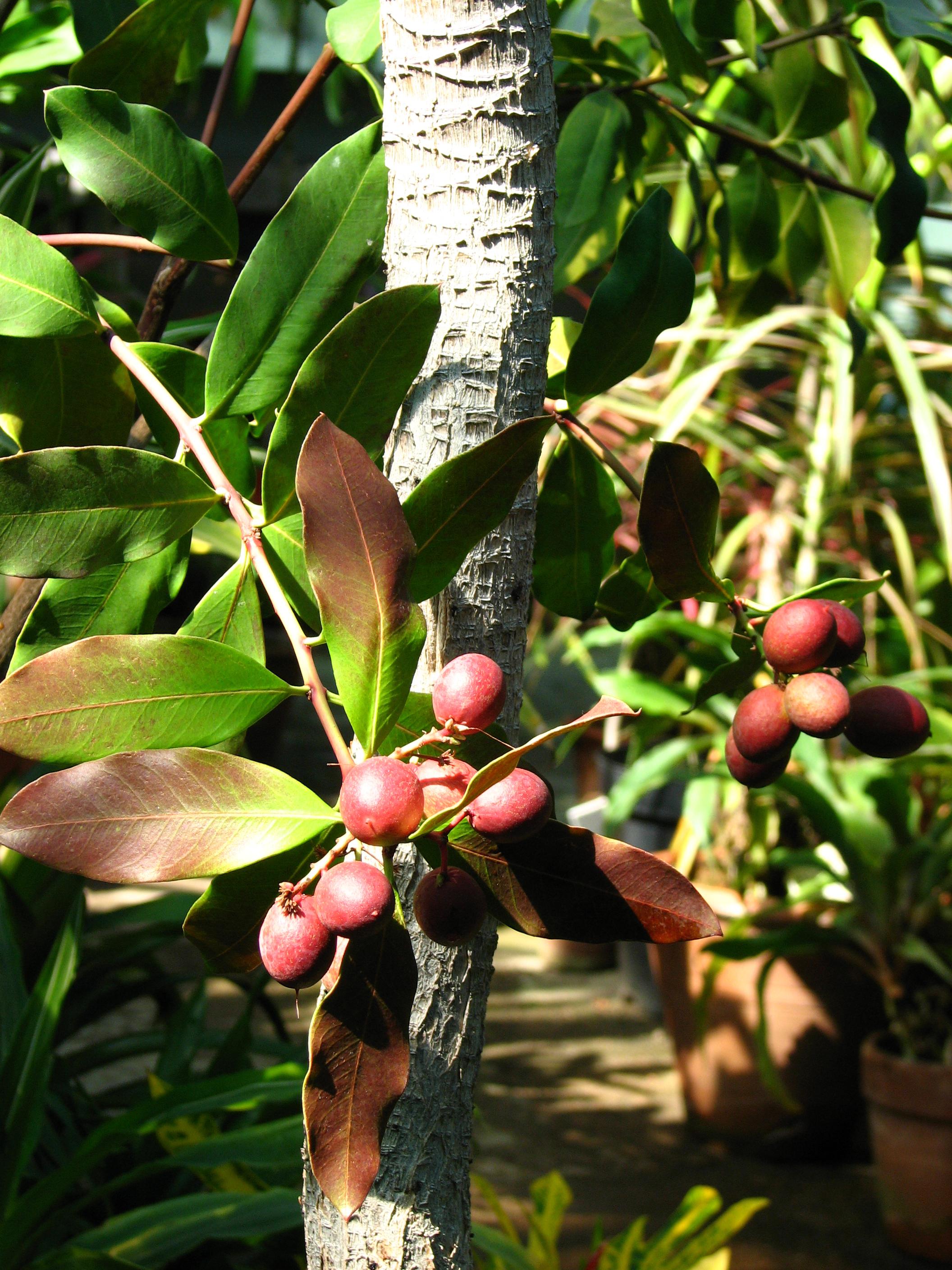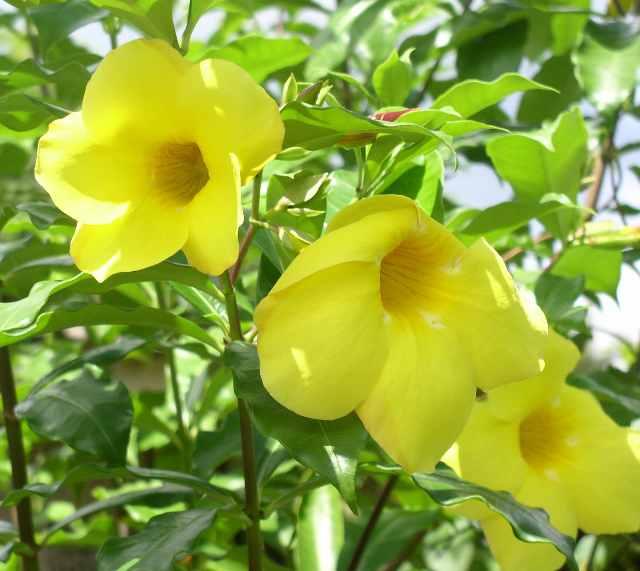Acokanthera oppositifolia
| Botanical Name: | Acokanthera oppositifolia |
| Common Name: | bushmans poison, Common Poison-bush, Bushmans Poison-bush, Poison Bush, Poison Tree, Hottentot Poison Bush, Buhman' Bush, Bushman's Arrow Poison, Bushman's Poisontree, Kaffir Poison Bush, Poison Plum, Poison-Arrow Tree |
Care
NA
Humidity
NA
Sun
NA
| Botanical Name | Acokanthera oppositifolia |
| Common Names | bushmans poison, Common Poison-bush, Bushmans Poison-bush, Poison Bush, Poison Tree, Hottentot Poison Bush, Buhman' Bush, Bushman's Arrow Poison, Bushman's Poisontree, Kaffir Poison Bush, Poison Plum, Poison-Arrow Tree |
| Propagation Methods | cuttings, seeds |
| Synonyms | Acokanthera lamarckii, Acokanthera longiflora, Acokanthera rhodesica, Acokanthera venenata, Carissa acokanthera, Carissa longiflora, Carissa oppositifolia, Cestrum fasciculare, Cestrum oppositifolium, Cestrum oppositifolium Lam., 1794, Cestrum venatorium, Cestrum venenatum, Garcinia sciura, Pleiocarpa hockii, Toxicophlaea cestroides, Toxicophlaea thunbergii |
Acokanthera oppositifolia, the poison arrow tree, is a shrub used as the source of an arrow poison and to coat caltrops made from the sharp fruits of the puncture vine (Tribulus terrestris). All plants of the genus Acokanthera contain toxic cardiac glycosides strong enough to cause death. Acokanthera oppositifolia is widespread in southern and central Africa from Cape Province north to The Democratic Republic of the Congo + Tanzania.Acokanthera schimperi is employed for the same purpose.
Unlike all other parts of the plant, the ripe fruit is sweet and edible. Unripe fruit are still poisonous, so only really ripe fruit are eaten.
